When it comes to choosing the best GPS for hiking in 2022, there are several critical factors to consider. First and foremost, you’ll want to look for a device that is rugged and durable, able to withstand the bumps and bruises of the trail. You’ll also want to consider battery life, as well as the size and weight of the GPS, since you’ll be carrying it with you for hours at a time.
Another important consideration is the quality of the GPS signal. Some devices are more accurate than others, and you’ll want to make sure you’re getting reliable data, especially if you’re relying on your GPS to navigate tricky terrain. Finally, you may want to look for additional features, such as the ability to track your heart rate or connect to your smartphone.
We evaluated several GPS devices to find the best options for hikers in 2022. Our top picks offer a combination of durability, accuracy, and features that make them ideal for anyone who loves to hit the trails. Whether you’re a pro hiker or just starting, our guide will help you find the perfect GPS for your next adventure.
 | Best Overall Garmin GPSMAP 64sx Handheld NavigatorRead More | Check Price |
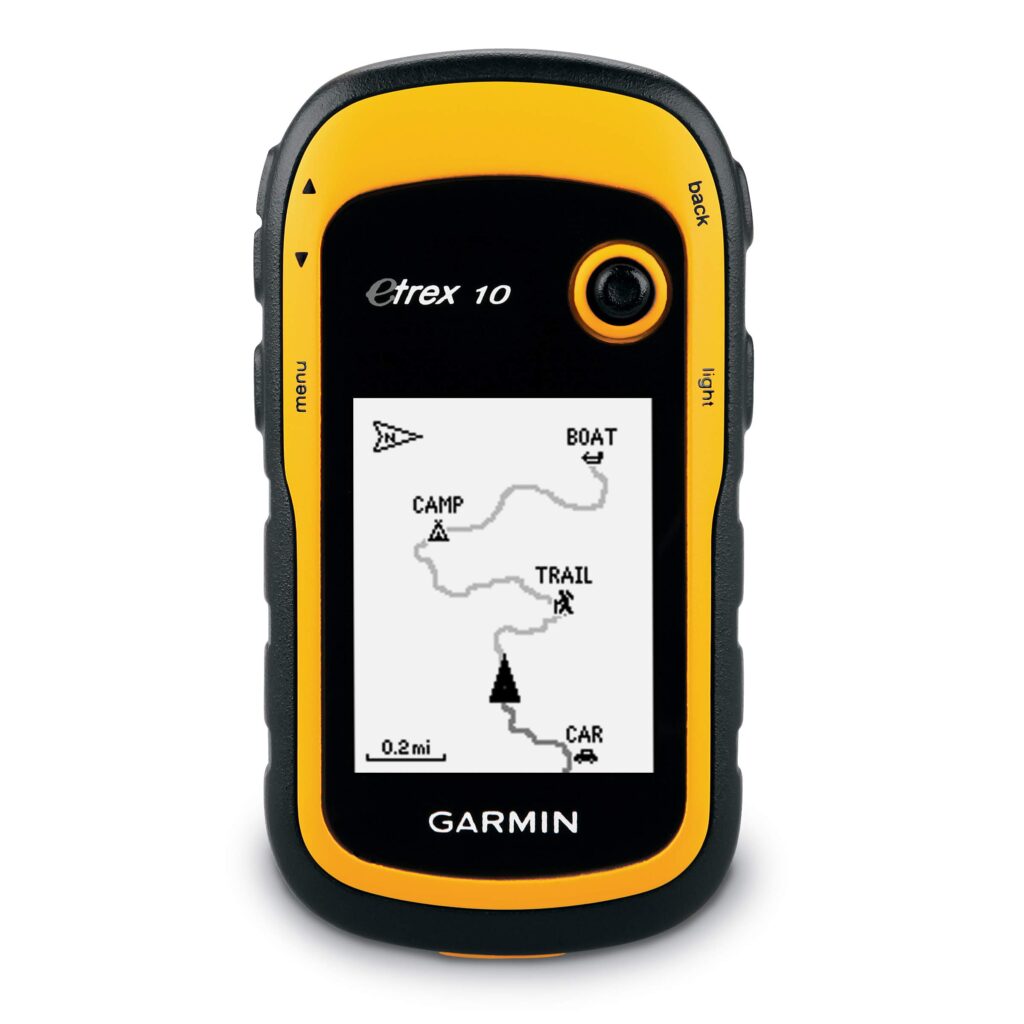 | Best Value Garmin eTrex 10 Worldwide Handheld GPSRead More | Check Price |
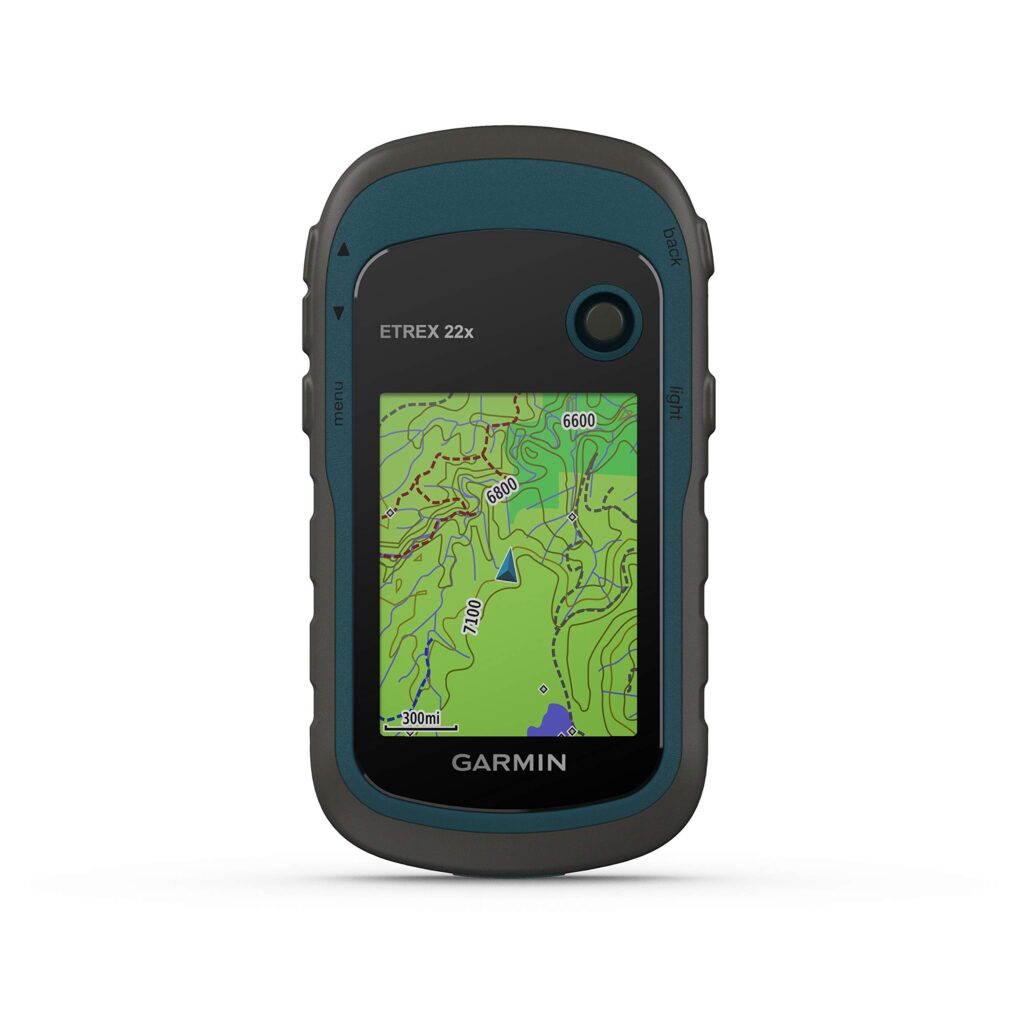 | Best Value Garmin eTrex 22xRead More | Check Price |
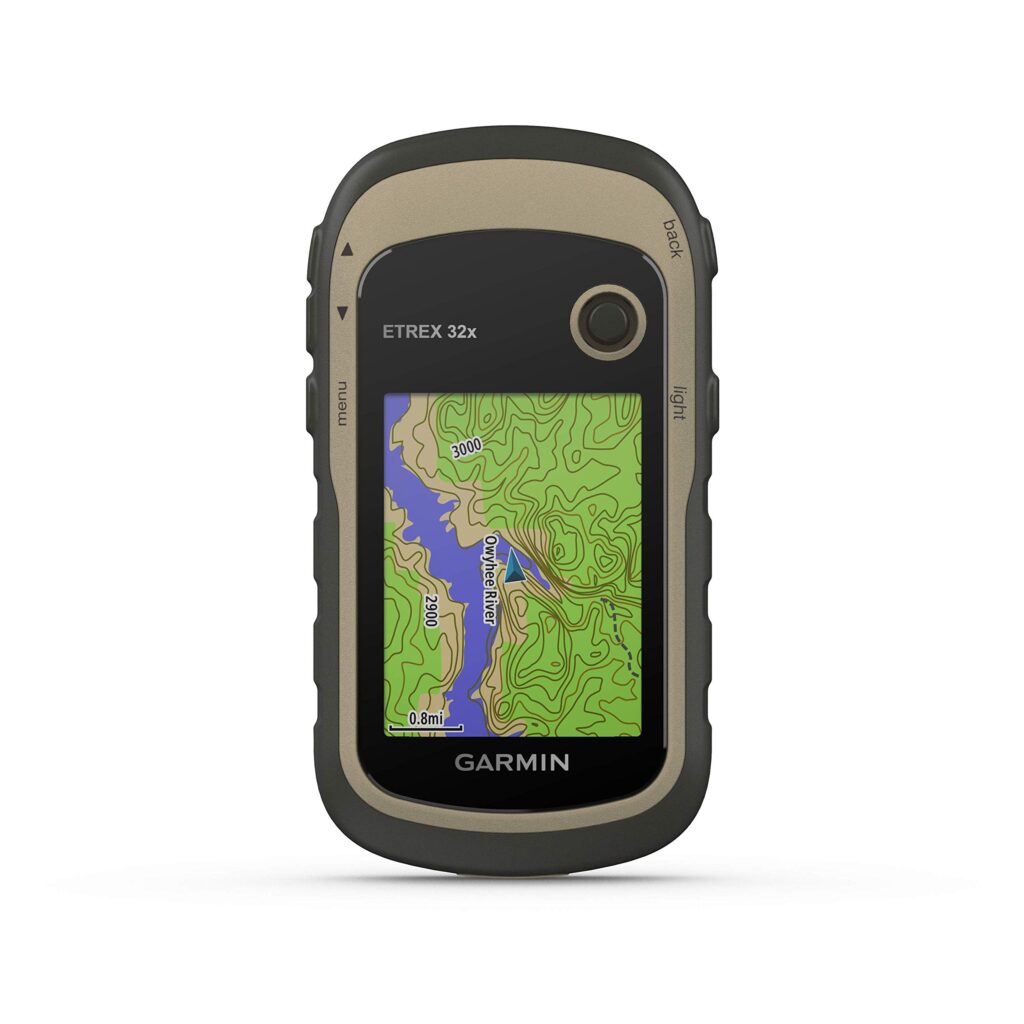 | Garmin eTrex 32x, Rugged Handheld GPS Read More | Check Price |
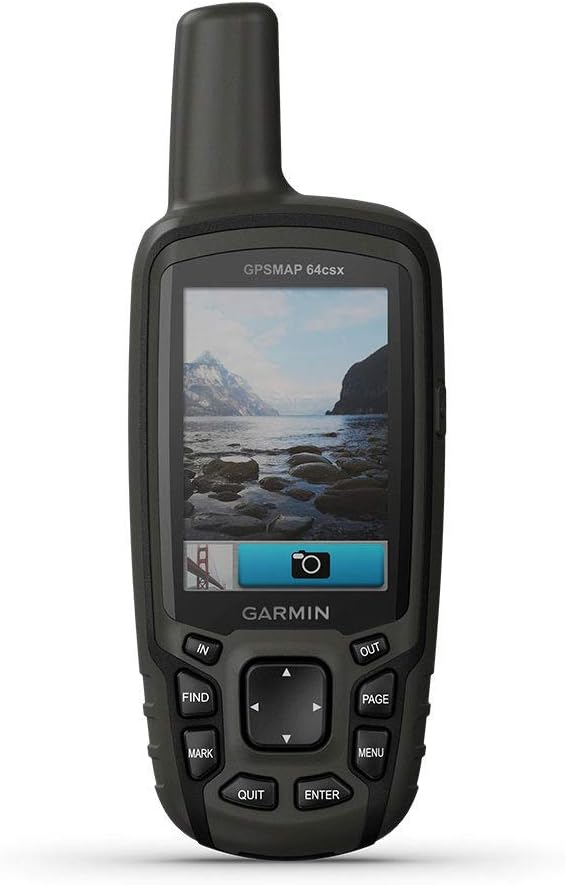 | Garmin GPSMAP 64sx, Handheld GPS Read More | Check Price |
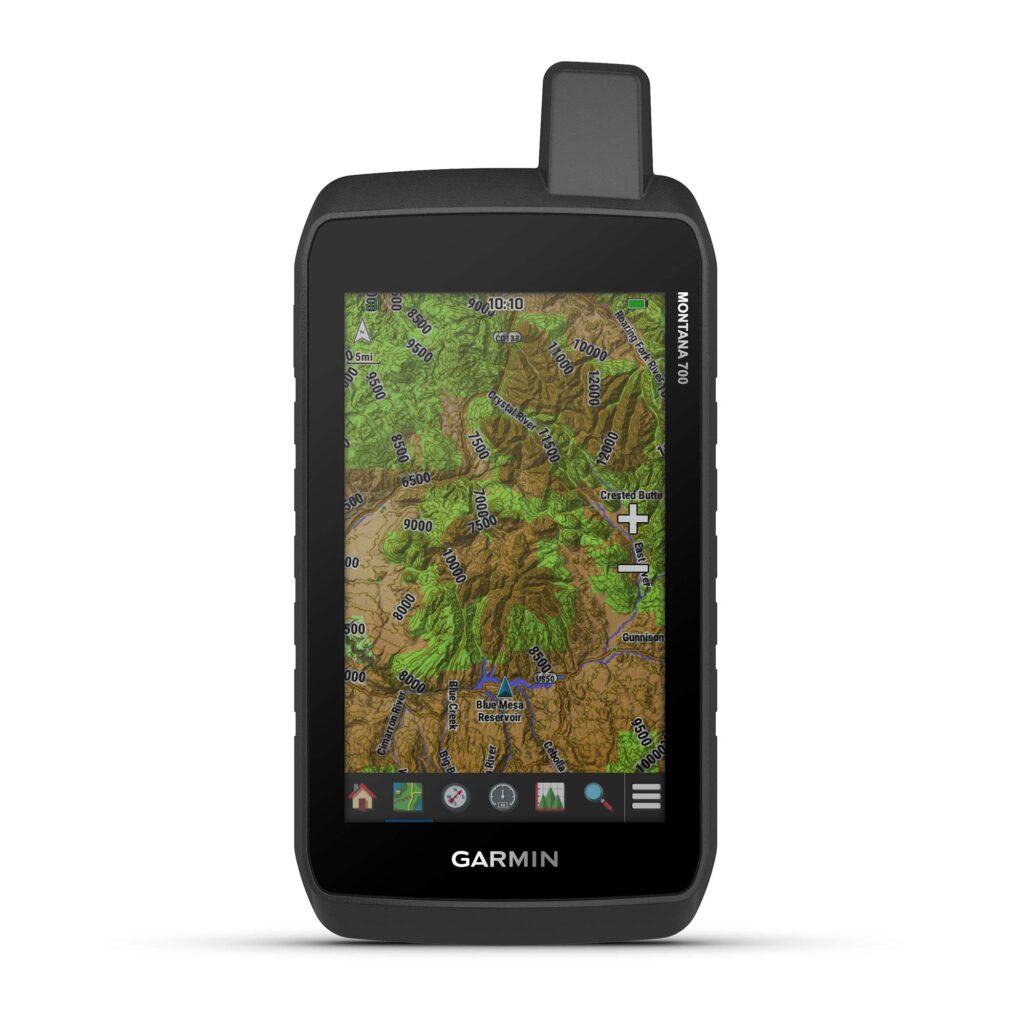 | Garmin Montana 700 Read More | Check Price |
Best GPS for Hiking 2022
We know the importance of having a reliable GPS device when exploring new trails. That’s why we’ve compiled a list of the best GPS devices for hiking in 2022. Whether you’re a beginner or an experienced hiker, these devices will help you navigate through challenging terrains and keep you on track. So, here are our top picks for the best GPS devices for hiking in 2022.
Garmin GPSMAP 64sx Handheld Navigator

If you’re in the market for a reliable GPS for hiking, cycling, geocaching, or climbing, the Garmin GPSMAP 64sx Handheld Navigator series is a great option to consider.
Pros
- Rugged and water-resistant design with button operation and a 2.6” sunlight-readable color display
- Preloaded with Topo Active maps featuring routable roads and trails for cycling and hiking
- High-sensitivity receiver with quad helix antenna and multi-GNSS support (GPS, GLONASS and Galileo) and 3-axis compass with barometric altimeter
Cons
- Battery life of up to 16 hours in GPS mode may not be sufficient for longer adventures
- Wireless connectivity is only available on GPSMAP 64sx and GPSMAP 64csx models
- Topo Active maps are only available for the U.S. and Australia
The Garmin GPSMAP 64sx is a highly reliable and durable GPS navigator that can be used in a variety of outdoor activities. Its rugged and water-resistant design makes it suitable for use in all weather conditions, and its button operation and 2.6” sunlight-readable color display make it easy to use even in bright sunlight.
One of the best features of the GPSMAP 64sx is its preloaded Topo Active maps, which feature routable roads and trails for cycling and hiking. This makes it easy to navigate through unfamiliar terrain and explore new areas with confidence.
In addition to its mapping capabilities, the GPSMAP 64sx also features a high-sensitivity receiver with quad helix antenna and multi-GNSS support (GPS, GLONASS and Galileo) and 3-axis compass with barometric altimeter. This allows you to know exactly where you are at all times, and to track your progress with accuracy.
Overall, if you’re looking for a reliable and durable GPS navigator for your outdoor adventures, the Garmin GPSMAP 64sx is definitely worth considering
Garmin eTrex 10 Worldwide Handheld GPS Navigator

If you’re looking for a budget-friendly handheld GPS navigator for hiking, the Garmin eTrex 10 is a solid choice.
Pros
- The worldwide basemap and high-sensitivity GPS receiver make it easy to know where you are and where you’ve been.
- The device is rugged and waterproof, making it suitable for outdoor adventures.
- The ability to store waypoints and track your route makes it a useful tool for hiking and geocaching.
Cons
- The monochrome display is not as visually appealing as color displays found on more expensive GPS units.
- The device runs on two AA batteries, which may not be as convenient as rechargeable batteries found on other GPS units.
- The eTrex 10 lacks advanced features such as turn-by-turn directions and Bluetooth connectivity.
In terms of usability, the eTrex 10 is straightforward and easy to use. The device is rugged and waterproof, making it suitable for outdoor adventures. The worldwide basemap and high-sensitivity GPS receiver make it easy to know where you are and where you’ve been. The ability to store waypoints and track your route makes it a useful tool for hiking and geocaching.
Overall, if you’re looking for a budget-friendly handheld GPS navigator for hiking, the Garmin eTrex 10 is a solid choice.
Garmin eTrex 22x

If you’re looking for a reliable handheld GPS for hiking, cycling, or camping, the Garmin eTrex 22x is a great choice.
Pros
- The 2.2″ sunlight-readable color display with 240 x 320 display pixels makes it easy to read even in bright sunlight.
- It comes preloaded with Topo Active maps featuring routable roads and trails for cycling and hiking.
- With support for GPS and GLONASS satellite systems, it can track your location in more challenging environments than GPS alone.
Cons
- The map that comes installed is not very useful for hiking, so you’ll need to download a better map or get a mini SD card.
- It’s not very intuitive to use at first, but once you get used to it, it’s easy to navigate.
- The battery life is only up to 25 hours in GPS mode with 2 AA batteries, so you’ll need to bring extras for longer trips.
The Garmin eTrex 22x is a reliable and durable GPS that can help you navigate confidently in the great outdoors. The Topo Active maps are a great feature, and the support for GPS and GLONASS satellite systems is a big plus. However, the map that comes installed is not very useful for hiking, and the battery life is not very long. Overall, if you’re looking for a solid GPS for hiking and other outdoor activities, the Garmin eTrex 22x is definitely worth considering.
Garmin eTrex 32x, Rugged Handheld GPS Navigator

If you’re looking for a reliable handheld GPS for hiking and cycling, the Garmin eTrex 32x is a great choice.
Pros
- The 2.2” sunlight-readable color display with 240 x 320 display pixels makes it easy to read in bright sunlight.
- With Topo Active mapping, the eTrex 32x comes preloaded with routable roads and trails for cycling and hiking.
- Dual-satellite support (GPS and GLONASS) allows for tracking in more challenging environments than GPS alone.
Cons
- The instructions can be difficult to understand, making it challenging to learn how to use.
- Uploading maps can be slow and may fail after 10 minutes.
- Some users have reported compatibility issues with Garmin BaseCamp and Garmin Express on Windows 10.
The Garmin eTrex 32x is a reliable and durable GPS navigator that can help you explore confidently. With its 2.2” sunlight-readable color display, you can easily read the maps even in bright sunlight. The Topo Active mapping comes preloaded with routable roads and trails for cycling and hiking, making it easy to plan your route. The eTrex 32x also supports dual-satellite systems (GPS and GLONASS) which allows for tracking in more challenging environments than GPS alone.
Overall, if you’re looking for a reliable handheld GPS navigator for hiking and cycling, the Garmin eTrex 32x is a great choice.
Garmin GPSMAP 64sx, Handheld GPS with Altimeter and Compass

If you’re looking for a reliable GPS for hiking, the Garmin GPSMAP 64sx is a great option.
Pros
- Rugged and water-resistant design with button operation and a 2.6” sunlight-readable color display
- Preloaded with Topo Active maps (U.S. and Australia only) featuring routable roads and trails for cycling and hiking
- Know where you’re at with a high-sensitivity receiver with quad helix antenna and multi-GNSS support (GPS, GLONASS and Galileo) and 3-axis compass with barometric altimeter
Cons
- Wireless connectivity via BLUETOOTH technology and ANT+ technology available on GPSMAP 64sx and GPSMAP 64csx models
- Battery life: up to 16 hours in GPS mode
- Only preloaded with Topo Active maps for U.S. and Australia
The Garmin GPSMAP 64sx is a rugged and water-resistant handheld GPS device with a button operation and a 2.6” sunlight-readable color display. It’s preloaded with Topo Active maps (U.S. and Australia only) featuring routable roads and trails for cycling and hiking, so you can easily navigate your way through the wilderness.
One of the best things about the Garmin GPSMAP 64sx is its high-sensitivity receiver with quad helix antenna and multi-GNSS support (GPS, GLONASS and Galileo) and 3-axis compass with barometric altimeter. This means you’ll always know where you are and which direction you need to go, even in challenging terrain.
The Garmin GPSMAP 64sx has a battery life of up to 16 hours in GPS mode, which is decent but not the best on the market. It also only comes preloaded with Topo Active maps for U.S. and Australia, so if you’re planning on hiking in other parts of the world, you’ll need to purchase additional maps.
Overall, the Garmin GPSMAP 64sx is a solid choice for anyone looking for a reliable GPS device for hiking. Just keep in mind its limitations in terms of wireless connectivity and preloaded maps.
Garmin Montana 700

If you’re an outdoor enthusiast looking for a versatile GPS handheld with routable mapping for roads and trails, the Garmin Montana 700 might be the right choice for you.
Pros
- The glove-friendly 5” color touchscreen display is 50% larger than earlier models and offers easy viewability, available with versatile mounting options.
- Multi-GNSS support, ABC sensors, and preloaded TopoActive maps provide all the on- or off-road capability you’d want for navigation on foot, bike, kayak, ATV, and more.
- Pro-connected with ANT+ technology, Wi-Fi connectivity, and BLUETOOTH wireless networking, giving you direct-to-device access to BirdsEye Satellite Imagery downloads, location sharing, Connect IQ app support, and more.
Cons
- The unit is heavier than its predecessors, and it isn’t cheap.
- For the price and size, it has very limited track memory.
- The user manual is adequate but you have to go looking for certain items, such as profiles and phone notifications.
Overall, the Garmin Montana 700 is a great option for those looking for a rugged GPS handheld with routable mapping for roads and trails.
If you’re planning to take your outdoor exploration to the next level, consider these related posts:
- The Best Headlamps in 2021
- How Big of a Hiking Backpack Do you Need?
- Best Outdoor Watches Under $500
- Top 10 Best Hiking Backpacks in 2023
- The Best Lensatic Compass In 2020
- Best Men’s Waterproof Winter Hiking Boots
- Best Sea Fishing Landing Nets
- The Best Trekking Poles In 2019
Buying Guide
When it comes to choosing the best GPS for hiking, there are several factors to consider. We recommend looking at the following features to ensure you get the most out of your device:
Durability and Battery Life
Durability and battery life are two of the most important factors to consider when choosing a GPS device for hiking. You want a device that can withstand the elements and rugged terrain. Look for a device that is waterproof and shockproof. Additionally, you want a device with a long battery life, so you don’t have to worry about it dying mid-hike.
Accuracy and Ease of Use
Accuracy is another crucial factor to consider when choosing a GPS device for hiking. Look for a device with a high level of accuracy, so you can rely on it to guide you through your hike. Additionally, you want a device that is easy to use, with a user-friendly interface and intuitive controls.
Mapping and Navigation Features
Mapping and navigation features are also important when choosing a GPS device for hiking. Look for a device with detailed topographic maps, so you can easily navigate through the terrain. Additionally, you want a device with waypoint and route planning capabilities, so you can plan your hike ahead of time and stay on track.
Additional Features
Finally, consider any additional features that may be important to you. For example, some GPS devices come with a camera, so you can take photos of your hike. Others may have a built-in compass or altimeter, which can be helpful for navigation. Consider what features are important to you and look for a device that meets those needs.
In summary, when choosing a GPS device for hiking, consider durability and battery life, accuracy and ease of use, mapping and navigation features, and any additional features that may be important to you. By taking these factors into account, you can choose a device that will help you navigate through your hike with ease.
